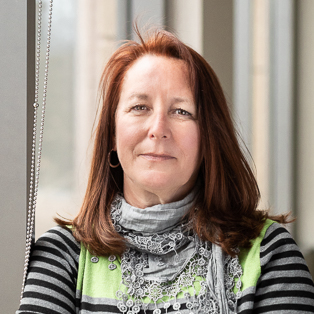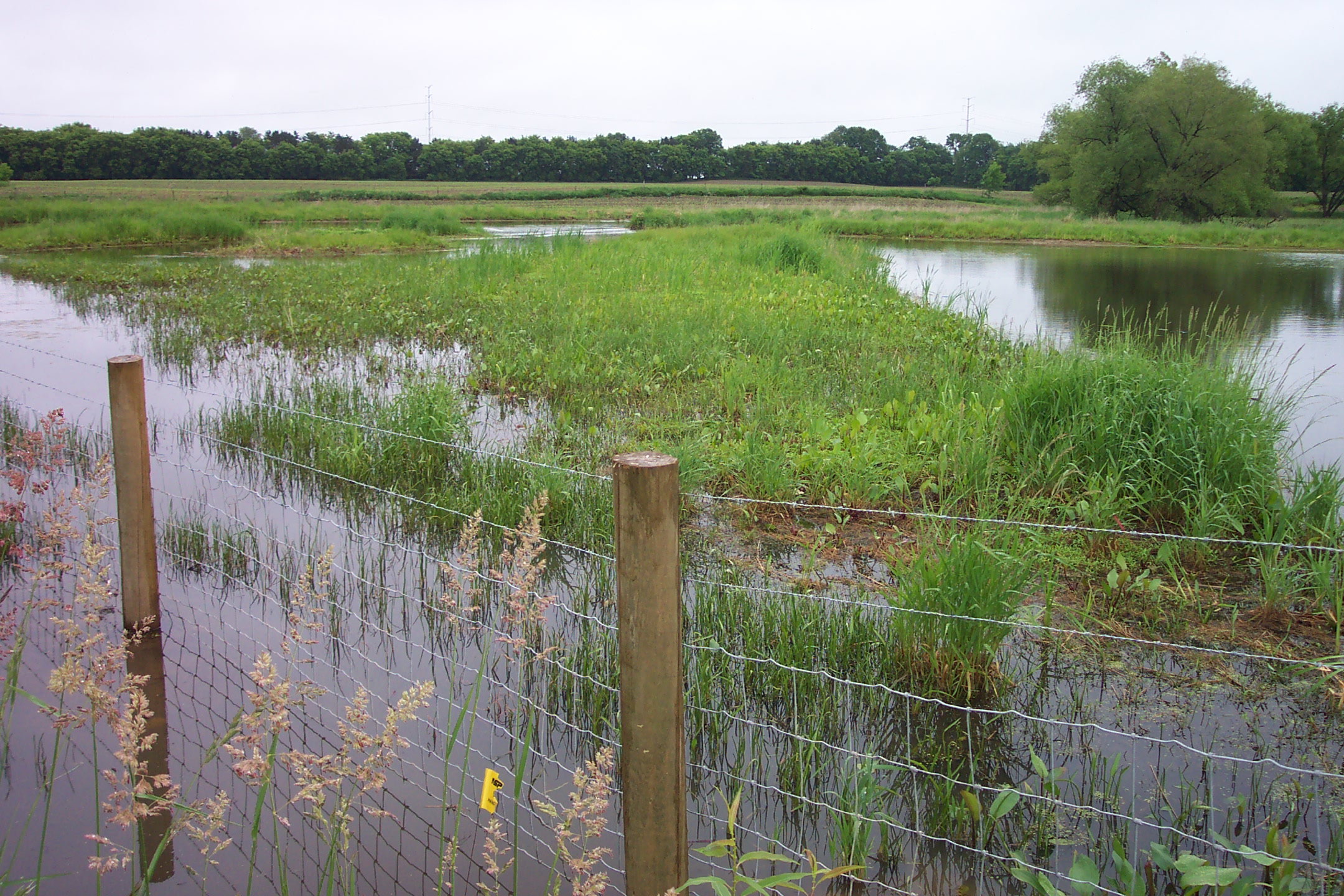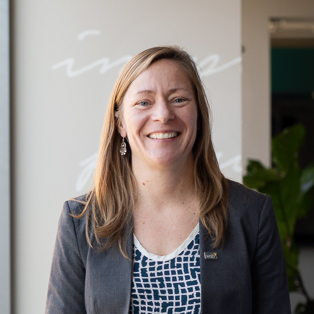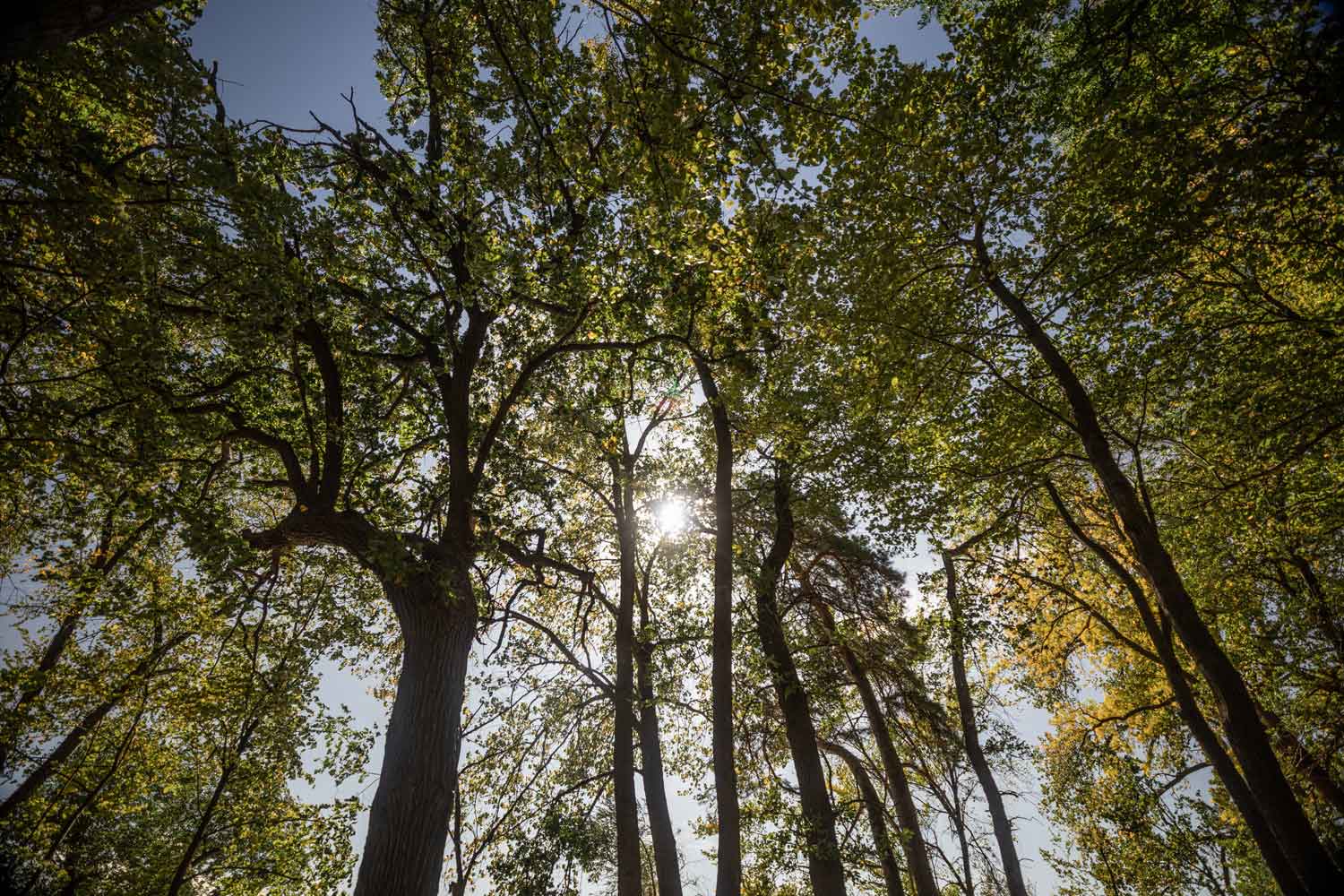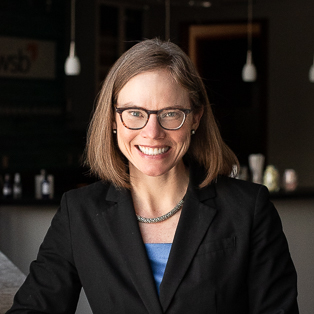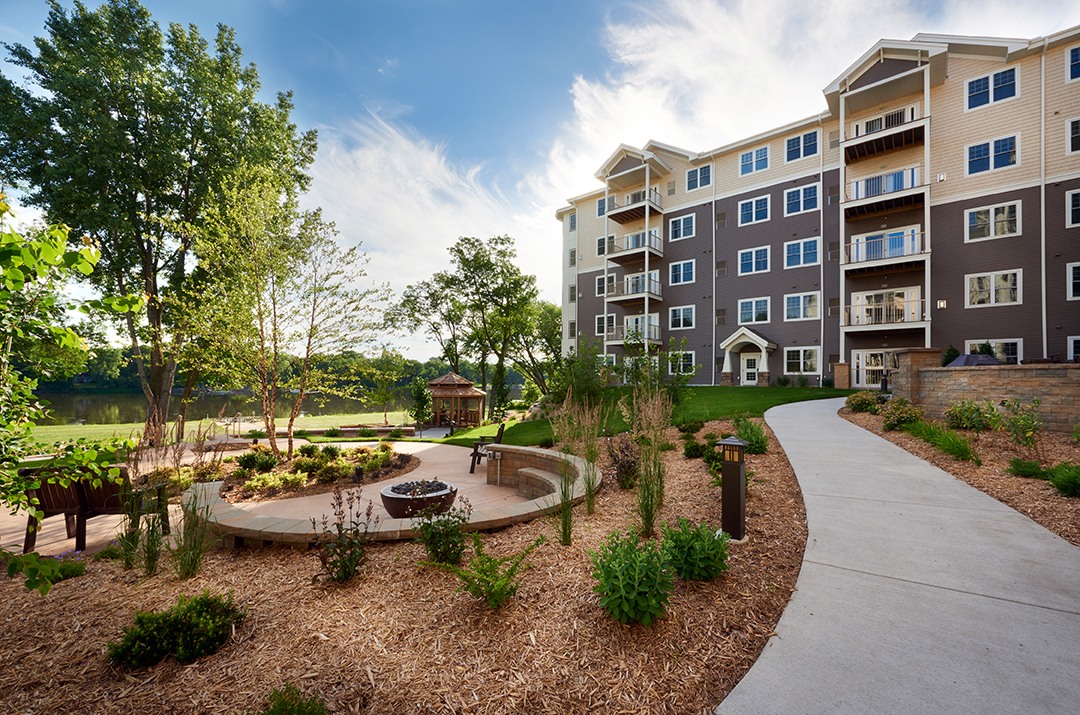To celebrate World Landscape Architecture Month, members of our Landscape Architecture team reflect on their time in the profession.
JA: Jason Amberg – Director of Landscape Architecture
CA: Candace Amberg – Senior Landscape Architect
SN: Shaunna Newton – Landscape Architectural Designer
JG: Jordan Gedrose – Landscape Architect
What led you to a career in landscape architecture?
JA: I truly ‘found’ landscape architecture during my second year of exploring both architecture and engineering in college. I was intrigued by the opportunity to utilize my creativity to design outdoor spaces through grading design, colors, textures, site elements, circulation, and other systems to meet the unique needs of users.
SN: I was first inspired by the idea of becoming a “steward of the land” as originally coined by Frederick Law Olmsted’s iconic work and establishment of the field. It was through painting landscapes and studying horticulture that I then became inspired by the possibilities of the landscape becoming its own canvas. I then went on to pursue a Master of Landscape Architecture degree.
JG: Growing up I loved being outdoors, playing sports in my neighborhood parks, and spending time along the Missouri River. I also enjoyed sketching and admiring all the different styles of architecture while traveling on family vacations. I found landscape architecture to be a wonderful blend of natural environments and built architectural features.
Why are you passionate about landscape architecture?
JA: Growing up on my family’s multi-generation farm gave me a strong appreciation for land and nature. My parents encouraged me to find a career path that I enjoyed and luckily, I found landscape architecture to blend form and function in an artistic way that the users will enjoy for years into the future.
CA: It’s hard to not be passionate about projects that truly improve the health and overall well-being for people of all ages and abilities.
JG: I am passionate about partnering with clients to create parks, trails, and outdoor amenities that provide recreational opportunities for communities. Designing spaces that reflect the existing landscape and honor natural features provide unique opportunities that inspire and challenge me.
Which project are you most proud of?
CA: The Rev. Dr. Martin Luther King Jr. Park playground project. This was truly a community led project from its initial inspiration to create a playground that would commemorate the efforts of Dr. King, the American Civil Rights Movement and the contributions of so many African Americans that were not previously acknowledged. Working with public artists and residents highlighted how a community came together to create a fun and meaningful playground project that also started the process of healing previous wounds.
SN: The Ohuta Beach Project in Lake City, MN. It was true team collaboration that pushed the limits of creative design solutions.
JG: Woodhaven Park in Eagan, MN. The park includes a large inclusive playground and a Bankshot basketball course. The inclusive playground provides a safe and inviting space for kids of all abilities to play and interact with one another. The Bankshot basketball course is a play feature that has a series of stations (think of a mini golf course, but with basketball hoops) that is fun for many ages. I am grateful that I could be a part of a project that will provide so many opportunities for the community!
How does landscape architecture benefit our communities?
JA: Landscape architecture is a profession that focuses on creating outdoor spaces, which shapes the look and feel of the world we live in through principals of design and sustainability. Some of our most cherished memories are created in places designed by landscape architects.
CA: How does it not? We work to mediate or correct damages that others have inflicted on our environment; we create meaningful places for reflection and healing; we create opportunities to improve our physical and mental health; we create places to play and have fun; and most importantly, we bring people together.
SN: Landscape architecture responds to social needs, creates social connectivity and gathering spaces, increases the health and wellbeing of our environments for not only for ourselves but wildlife and natural resources. Landscape architecture is adaptive and continually leading to opportunities in our ever-changing environment.
What is something most people don’t know about landscape architecture?
JA: This question makes me laugh because most people falsely think that a landscape architect’s main role is to tell them what kind of tree they should plant in their yard. Realistically, the selection of plant materials represents just a small fraction of the time we spend designing spaces.
CA: Thankfully people’s knowledge of Landscape Architecture has come a long way since I first began. Most of my career was spent trying to get people to understand that yes, I do in fact work during the winter months, and no, I don’t just do planting plans for people’s yards. I explain that architects design structures and Landscape Architects design sites. It’s a mixture of planning and design with a solid understanding of engineering, science and math combined.
SN: I still find myself explaining that landscape architecture is not just garden design, it’s so much more. Landscape architecture originally started as a painting term and has now become a unique skillset to improve built and natural environments.
JG: Landscape architecture has a wide variety of project types and scales. Projects types can vary from residential landscape design to a wildlife land bridge over a busy highway. The profession also requires an understanding of large-scale systems, such as pedestrian circulation patterns throughout an entire park while also needing an understanding of small scale detail, such as how to construct a retaining wall within the park.


